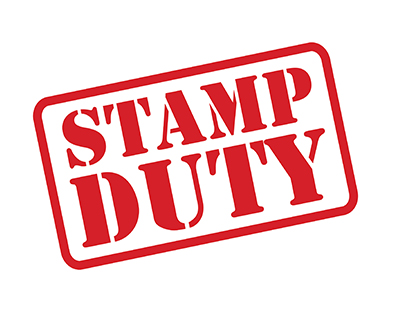The shock and almost immediate increase in stamp duty on additional homes in Wales has prompted one question in the industry - could it happen in the rest of the UK too?
Last evening Estate Agent Today broke the news that the Welsh Government introduced a one per cent rise on Land Transaction Tax levels for buy to lets and holiday homes - coming into effect at the end of today.
The move aims to raise £13m for new social housing and means second home-owners paying a four per cent levy when they buy homes up to £180,000, rising to 16 per cent for homes worth £1.6m or over.
Angry agents and rental sector experts questioned the legality of such a short notice change, and insisted it would disrupt the housing market and rental sector in Wales.
One agent in Wales posted on EAT last evening: “Incredible decision, to do this at a days notice is disgusting. There are vendors involved in chains with those buying seconds homes/btl who need to move for essential reasons but will now feel the effect of this. We are already seeing buying decisions affected.”
The additional homes duty surcharge in Scotland, known as Land and Builsings Transaction Tax, is already levied at four per cent. Will England now follow suit?
Meanwhile extending the stamp duty holiday currently in force in England could produce a fortune in additional revenue for HM Treasury according to new research.
Kensington Mortgages says that by retaining the threshold for paying SDLT at its current level of £500,000 would provide new tax revenues - generated by higher transaction volumes, increased property prices, household consumption, and housing market activity - ranging between £2.3 and £4.1 billion.
According to analysis by the Centre for Economics and Business Research, this could generate £139m for the Treasury - because while stamp duty revenue would drop, other spending would increase generating its own tax take for government.
And if the threshold was lowered to £450,000, the net increase in tax revenues could rise to £247m while decreasing the threshold to £300,000 could lead to a surplus of £491m per year.
“This research demonstrates what we all intuitively know – that the stamp duty holiday has been very positive for the economy at a critical time. The threshold level should be considered ripe for permanent reform” insists Mark Arnold, chief executive of Kensington Mortgages.
“Furthermore, aside from updating the threshold to reflect real world house prices, the maintenance of the £500,000 threshold could address some structural problems with the UK housing market” he adds.
“It could lead to greater regional mobility – with ancillary trickle-down benefits – as well as also stimulate more downsizing, freeing up family homes and helping to address this vital stock shortage. We believe now is the time to be bold and keep the threshold at its current position, or at least consider amending it to a higher level than the previous £125,000.”
CEBR looked at the decline in stamp duty receipts from making the holiday permanent, and then the rise in the same duty as a result of more transactions; it then
considered the likely rise in Capital Gains Tax receipts associated with future increases in house prices, plus economy-wide tax receipts generated by increased levels of consumption associated with an increase in house prices, and finally the economy-wide tax receipts generated by increased levels of consumption associated with the reduced SDLT burden.








/RishiSunak-400x310.jpg)
/Parliament-Summer-400x310.jpg)
















Join the conversation
Be the first to comment (please use the comment box below)
Please login to comment